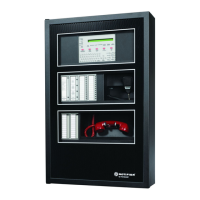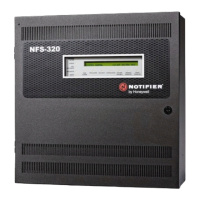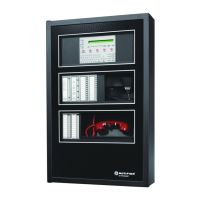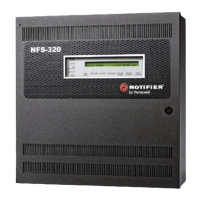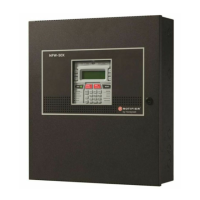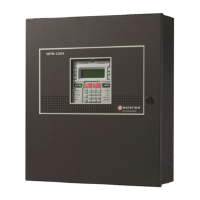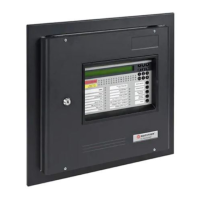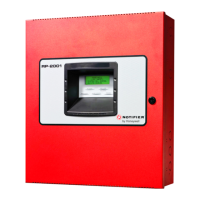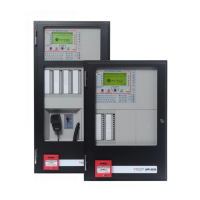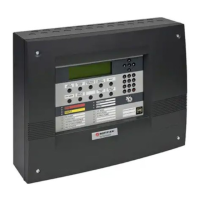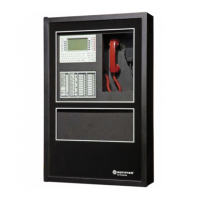
Do you have a question about the Honeywell Notifier NFS2-3030 and is the answer not in the manual?
| Model | NFS2-3030 |
|---|---|
| Type | Fire Alarm Control Panel |
| Operating Temperature | 32°F to 120°F (0°C to 49°C) |
| Humidity Range | 10% to 93% non-condensing |
| NAC Circuits | 4 |
| Communication | Optional |
| Power Supply | 120VAC, 24VDC |
| Networking | Yes |
| Communication Ports | RS-232, RS-485 |
Details compliance with UL 864 9th Edition for control units and accessories.
Lists manuals and document sources containing additional information for the NFS2-3030.
Explains the graphical conventions used in the manual for cautions, warnings, and notes.
Provides an overview of the NFS2-3030 Fire Alarm Control Panel and its configuration options.
Details the various functions and capabilities of the NFS2-3030 control panel.
Describes the components and functions of the NFS2-3030's display and keypad interface.
Explains the formats for system normal, device events, and system events screens displayed on the panel.
Guides users on how to navigate through the panel's menus and programming screens using soft keys.
Describes the Main Menu screen as the primary access point for displays, history, printing, and programming.
Explains how the control panel checks for events and operates in System Normal mode.
Details the process and types of acknowledging off-normal events detected by the panel.
Describes how the control panel indicates and the operator responds to a fire alarm event.
Explains how the panel indicates system or point troubles and the operator's response.
Covers the function of pre-alarm for early warning and how the panel indicates and responds to it.
Describes how the panel indicates security alarms and how operators should respond.
Explains how the panel indicates supervisory signals and the operator's response procedures.
Details how the panel indicates disabled points and their effect on system operation.
Describes how the panel indicates active fire control and non-fire points.
Explains timers for Alarm Verification, AC Fail, Silence Inhibit, Auto Silence, Presignal, and PAS.
Guides on selecting and viewing status for various device types on the panel.
Explains how to view the status and values of smoke detectors using the Read Status function.
Details how to view the status and temperature readings for heat detectors.
Describes how to view the status information for monitor modules.
Explains how to view the status and output control states for control modules.
Describes how to view the status of general zones within the system.
Explains how to view the status and logic equations for logic zones.
Details how to view the configuration and status of releasing zones.
Describes how to view the status and function of special function zones.
Explains how to view the status and equations for trouble zones.
Details how to view the status of annunciator modules.
Describes how to view the status of DAA speaker circuits.
Explains how to view the status and logic equations for PAM points.
Explains how to view and scroll through the event history logs stored in the panel.
Guides on selecting specific time and date ranges for viewing or printing event history.
Describes how to define a range of points for viewing or printing specific event history.
Details the menu for selecting and printing various system reports from the control panel.
Explains how to print configuration details for network parameters, settings, and timers.
Covers printing logic equations, custom action messages, and event logging configurations.
Describes how to generate reports listing active points based on event type.
Explains how to generate reports listing all installed points, zones, and modules.
Provides an alphabetical list of software type ID codes and their corresponding device functions.
Introduces Releasing Zones, their options, and how they are used for automated operations.
Illustrates and explains the functionality of Releasing Zones, including cross zone selections.
